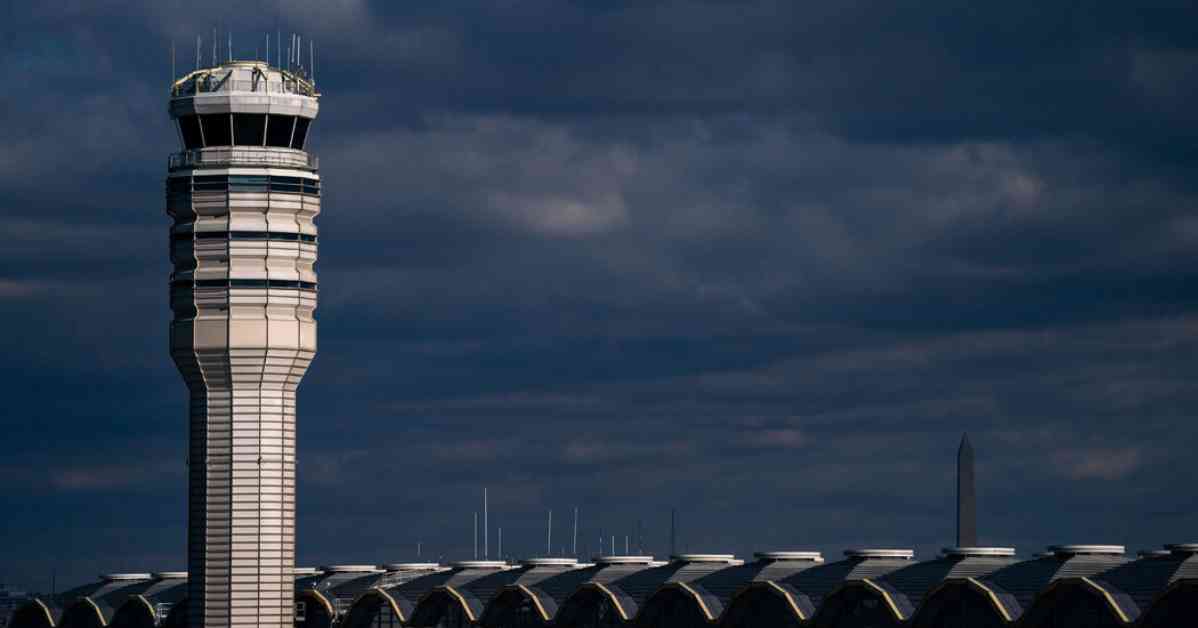Planes in Washington and Chicago Avoid Collision During Landings
In a series of heart-stopping moments on Tuesday morning, two airplanes narrowly avoided colliding during landings at Washington’s Ronald Reagan National Airport and Chicago’s Midway International Airport, according to federal aviation officials. These near misses, coming just weeks after a tragic midair collision that claimed the lives of 67 individuals, have once again raised concerns about the safety of the nation’s airspace.
The first incident occurred at Ronald Reagan National Airport when American Airlines Flight 2246, inbound from Boston, was preparing to touch down around 8:20 a.m. Suddenly, the aircraft aborted its landing, ascended rapidly, and veered away from the airport to prevent a collision with another plane that was taking off from the same runway. The Federal Aviation Administration (F.A.A.) intervened, instructing the pilots to abandon their landing to ensure a safe distance from the departing aircraft.
Shortly after, chaos ensued at Chicago Midway Airport when Southwest Airlines Flight 2504, en route from Omaha, had to abandon its landing due to a business jet entering the runway without authorization. The F.A.A. swiftly responded, highlighting the crucial role of air traffic control in averting potential disasters.
### Witnessing the Unexpected
For Itai Vardi, a passenger on American Airlines Flight 2246, the near miss was a harrowing experience that underscored the fragility of air travel safety. As he nervously awaited his arrival at National Airport for important work meetings, the recent crash outside the same airport loomed large in his mind. The close call served as a stark reminder of the risks inherent in aviation, even in the hands of seasoned professionals.
### Lessons Learned and Ongoing Investigations
These incidents shed light on the ongoing challenges faced by aviation authorities in ensuring the safety of passengers and crew. Just last month, the tragic collision between American Airlines Flight 5342 and an Army Black Hawk helicopter over the Potomac River left a devastating impact on all those involved. With investigations still ongoing to determine the root cause of the crash, the aviation industry faces mounting pressure to address systemic issues and prevent future tragedies.
As the nation grapples with the aftermath of these near misses, experts emphasize the need for enhanced safety protocols, improved communication between air traffic controllers and pilots, and continued training to mitigate risks in busy airspace. The swift actions taken by the F.A.A. in response to these incidents highlight the critical role of regulatory oversight in maintaining the integrity of the aviation industry.
In conclusion, the recent near misses at Washington and Chicago airports serve as a stark reminder of the inherent risks of air travel and the importance of vigilance in safeguarding the lives of passengers and crew. As investigations continue and safety measures are reassessed, the aviation community must remain committed to upholding the highest standards of professionalism and accountability to prevent future tragedies.

